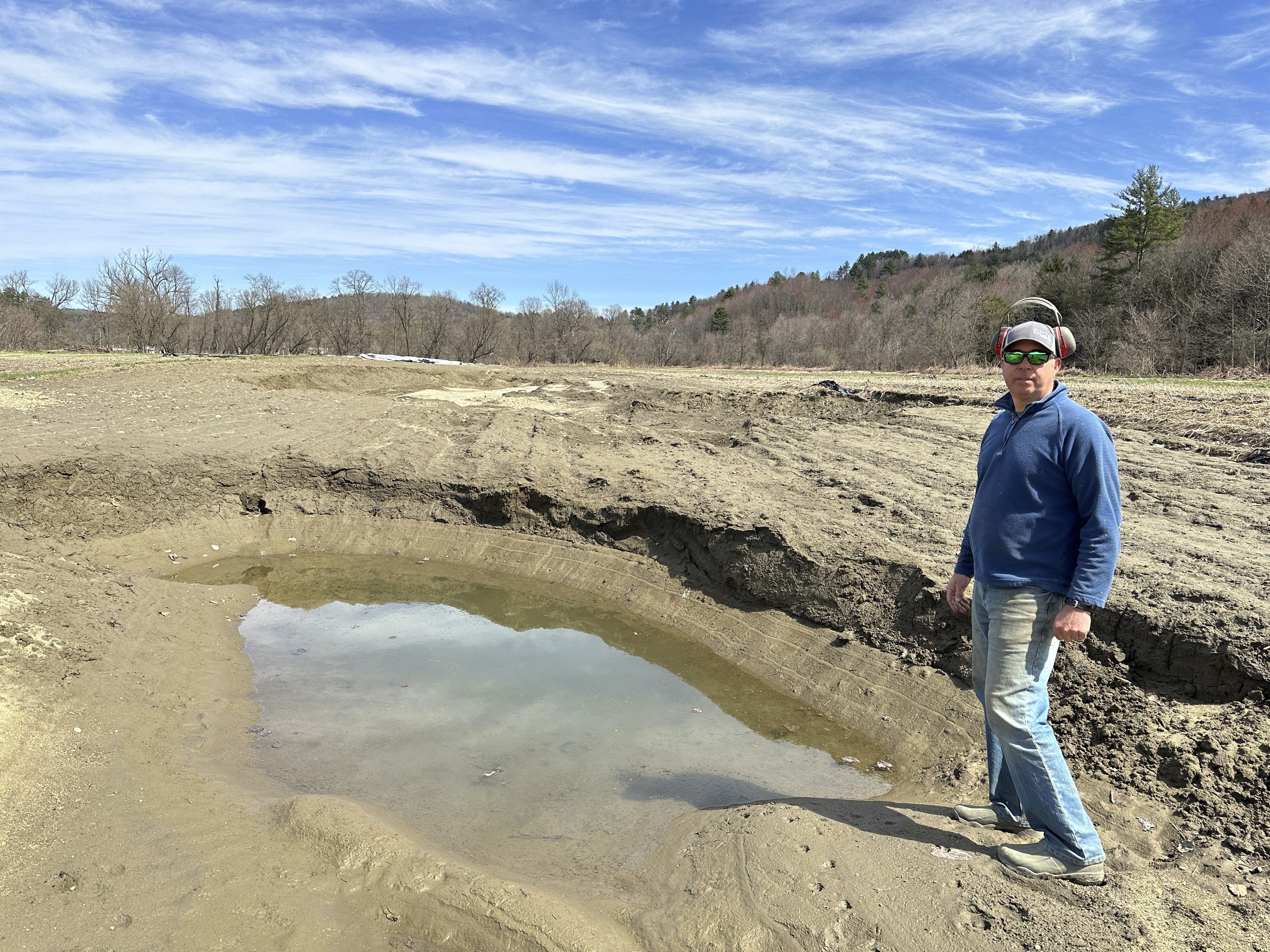Vermont officials are trying to adapt to a tougher drinking water standard for a chemical used to fight the sea lamprey, an eel-like creature that has hurt fish populations in Lake Champlain.
Officials with Gov. Peter Shumlin's and Sen. Patrick Leahy's offices confirmed Friday that they've been negotiating over the use of the anti-lamprey chemical TFM since the state lowered its safe drinking water standard from 35 to three parts per billion.
The move came after the state Health Department questioned the veracity of the 1970s study on which the looser standard was based.
The situation has raised an alarm among fishing enthusiasts worried that scaling back on the use of TFM could cause lamprey to boom and reverse the gains made against the creature, an invasive species which attaches itself to and can hurt the health of salmon, walleye and other species popular with fishing enthusiasts.
"The native and endangered fisheries are sick with sea lamprey," James Ehlers, executive direct of the fishing and clean-water advocacy group Lake Champlain International, said in a Facebook post Friday. "It needs medicine, and any cessation in the program represents not only a huge ecological loss but millions in federal and state taxpayer dollars invested in the program."
The upshot, which could be determined by officials from Vermont, New York and the federal government next week, may be that two of the three Vermont Lake Champlain tributaries scheduled to be treated with the chemical will get the treatment, but one - the LaPlatte River in Shelburne - likely won't be, perhaps for the next two years, while a study of what is the proper drinking water safety standard is completed, officials said.
Shumlin's office issued a statement seeking to downplay any threat to the lamprey control program.
Vermont
The latest news from around the state
"The governor wants to be clear that this administration has no intention to end the lamprey treatments," spokeswoman Jahala Dudley said in an email. "He understands the importance of that program to the health and integrity of the Lake Champlain fisheries, and the many Vermonters and visitors who come to the Lake to go fishing. He also understands the need to ensure we protect drinking water based on the best available science. Currently there is discussion among a number of federal and state government agencies and other stakeholders as to the best path forward on treatment this year. We expect a determination on that by next week."
Mary Borg, deputy director of the state Department of Environmental Conservation's watershed division, said Friday that the lower standard would mean a longer time after application of the chemical during which people would be urged not to drink or swim in affected water. The LaPlatte flows into the lake's Shelburne Bay, south of Burlington. The bay is the location of the water intake for the 70,000-customer Champlain Water District, officials said.
Sen. Patrick Leahy, D-Vt., has championed the Lake Champlain lamprey control program, and has secured $700,000 to $850,000 per year in funding for it in recent years.
During an appearance in St. Johnsbury on Friday, the Democrat said he would defer to experts on the safe limit for TFM in drinking water. "I am not a scientist," he said. But he said he was proud that the program had helped fish health, noting the increasing sizes of prizewinners taken in recent years in the annual Lake Champlain International fishing derby.



